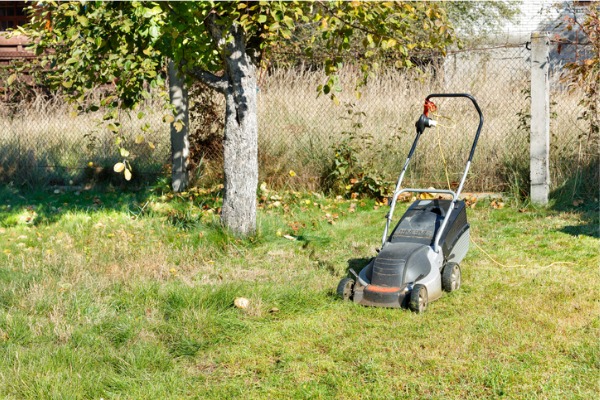Tips for Storing Your Lawn Mower

Properly storing your lawn mower during the off-season, such as winter, can help extend its lifespan and ensure it starts easily when you need it again. Here are steps to store your lawn mower correctly.
-
Prepare the Mower:
- Start by running the lawn mower until it is out of fuel or as close to empty as possible. This helps prevent stale fuel from clogging the carburetor during storage.
-
Disconnect the Spark Plug:
- Disconnect the spark plug wire to prevent accidental starting while you work on the mower. This ensures your safety during storage.
-
Clean the Mower:
- Remove any grass clippings, dirt, or debris from the mower deck, blades, and engine. A clean mower is less likely to attract pests or develop rust.
-
Sharpen the Blades (Optional):
- If your lawn mower blades are dull, consider sharpening them before storage. Sharp blades provide a cleaner cut and reduce stress on the engine.
-
Change the Oil (4-Stroke Engines):
- If your lawn mower has a 4-stroke engine, consider changing the oil before storing it. Fresh oil will help protect the engine during the off-season.
-
Replace the Air Filter (if necessary):
- If your mower has a paper or foam air filter that is dirty or clogged, replace it. A clean air filter improves engine performance.
-
Check the Spark Plug (and replace if needed):
- Inspect the spark plug for signs of wear or fouling. If it's in poor condition, replace it with a new one to ensure easy starting when you use the mower again.
-
Stabilize the Fuel (For Gas-Powered Mowers):
- If you have a gas-powered mower, add a fuel stabilizer to the gas tank and run the engine for a few minutes to ensure the stabilized fuel reaches the carburetor. This prevents the fuel from gumming up and causing starting problems.
-
Empty the Fuel Tank (Alternative Option):
- An alternative to using fuel stabilizer is to empty the fuel tank completely. Run the mower until it stops due to fuel exhaustion.
-
Store in a Dry Location:
- Store the lawn mower in a dry, well-ventilated area like a garage or shed. Avoid leaving it outdoors, where it is exposed to the elements.
-
Cover the Mower:
- Cover the mower with a fitted cover or tarp to protect it from dust and debris. Make sure the cover is secured to prevent it from blowing away.
-
Elevate the Mower (if possible):
- If you can, place the mower on a wooden pallet or blocks to keep it off the ground. This helps prevent moisture from seeping into the mower.
-
Check It Periodically:
- During the off-season, periodically check the mower for any signs of damage, rust, or pests. Address any issues promptly.
By following these steps, you can ensure that your lawn mower is stored properly and will be in good working condition when it's time to use it again. Proper storage helps extend the life of your mower and reduces the likelihood of starting problems in the future.


